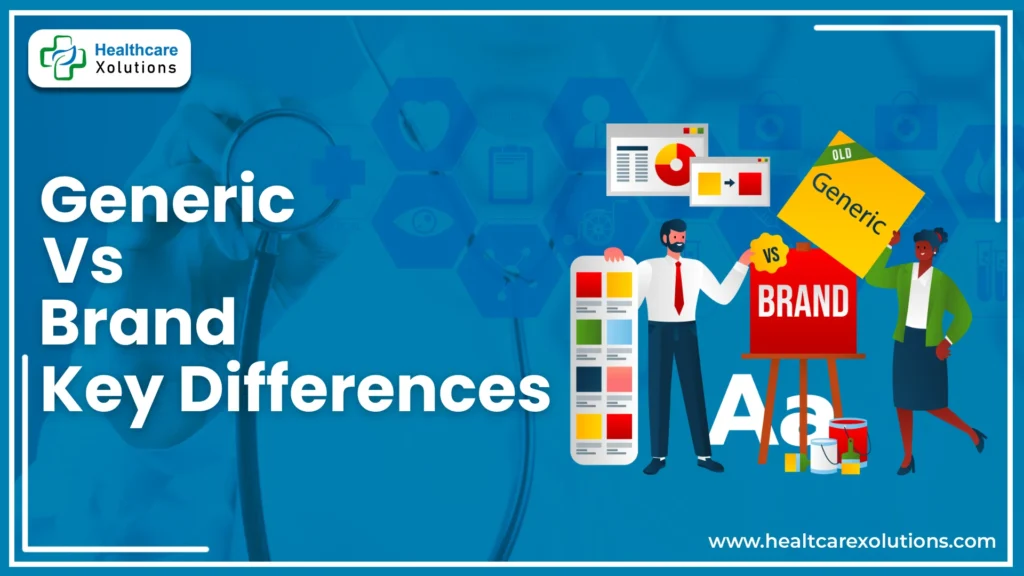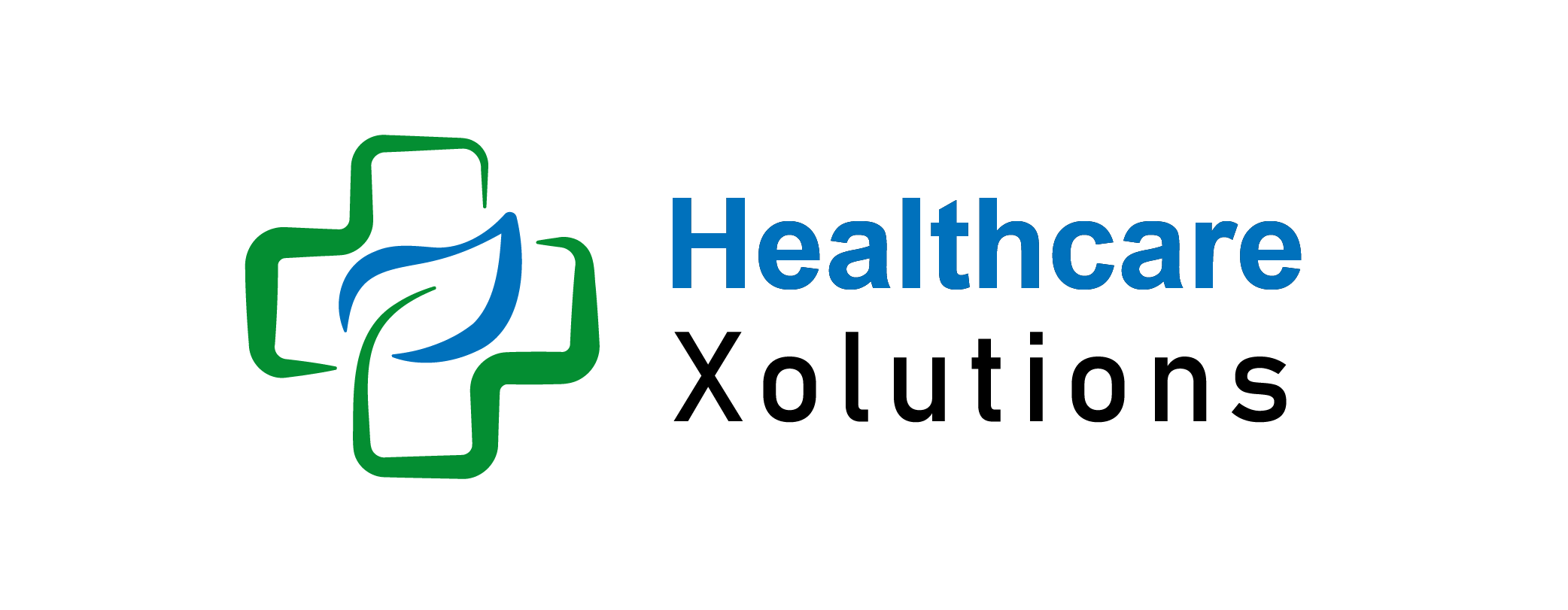Difference Between Generic and Brand-Name Drug Coverage | Complete Guide 2025

Prescription medications are essential for managing health conditions, but understanding the difference between generic and brand-name drug coverage can help patients make cost-effective decisions. Health insurance plans often favor generic drugs, while brand-name medications may require additional approvals or higher out-of-pocket costs.
This article explores the distinctions between branded vs. generic drugs, cost differences, insurance coverage, and tips for maximizing savings.
Key Takeaways:
- Generic drugs are equally effective as brand-name drugs but cost significantly less.
- Brand-name drugs are patented and priced higher due to research, development, and marketing costs.
- Insurance plans favor generics, while brand-name drugs may require prior authorization.
- Generic substitution is common unless a prescriber specifies a brand-only requirement.
- Patients can save on prescriptions by reviewing insurance formularies and using discount programs.
Table of Contents
What Is a Brand-Name Drug?
Brand-name drugs are developed by pharmaceutical companies and protected by patents. These medications are marketed under proprietary names and come with higher costs due to:
- Research and development expenses
- Clinical trials and regulatory approvals
- Marketing and advertising costs
A patent typically lasts 20 years, allowing the manufacturer to sell the drug exclusively at a premium price. Examples include:
- Lipitor (for cholesterol)
- Nexium (for acid reflux)
- Advil (pain relief)
What Are Generic Drugs?
Generic drugs are chemically identical to brand-name drugs, containing the same active ingredients, dosage, strength, and effectiveness. Once a brand-name drug’s patent expires, other manufacturers can produce and sell the generic version.
Why Do Generic Drugs Cost Less?
- No research or development expenses
- No marketing or advertising costs
- Increased market competition
Generic drugs are typically 80-85% cheaper than their brand-name counterparts. Examples include:
- Atorvastatin (generic for Lipitor)
- Omeprazole (generic for Nexium)
Are Generic Drugs Inferior or Less Safe Than Brand-Name Drugs?
No. Generic drugs must meet the same FDA safety, efficacy, and quality standards as brand-name drugs. The only differences may be:
- Inactive ingredients (which do not affect effectiveness)
- Appearance (color, shape, or packaging)
Studies confirm that generic and branded medicines work the same way in the body.
How Insurance Covers Generic and Brand-Name Drug Coverage?
Most insurance policies favor generic drugs due to their affordability. Coverage is structured through formulary tiers:
1. Formulary Tiers:
- Tier 1: Generic drugs (lowest cost, widely covered)
- Tier 2: Preferred brand-name drugs (moderate cost, covered with co-pay)
- Tier 3+: Non-preferred or specialty brand drugs (highest cost, may require approval)
2. Preferred vs. Non-Preferred Drugs:
Some plans only cover preferred brand-name drugs, while non-preferred drugs may require:
- Higher co-pays
- Step therapy (trying a generic first)
- Prior authorization from the insurer
3. Generic Substitution:
Many insurers mandate generic substitution, meaning a pharmacist will dispense the generic version unless:
- A doctor specifies “brand-name only.”
- The patient chooses to pay the price difference.
Problems With Generic Drugs:
Although generics are FDA-approved, some concerns include:
- Inactive ingredients may cause allergies in rare cases.
- Bioavailability differences (slight variation in absorption, affecting sensitive conditions).
- Brand loyalty bias, where some patients believe brand-name drugs work better.
However, for most conditions, generics provide equal effectiveness at a fraction of the cost.
How To Maximize Savings and Coverage?
- Consult Your Doctor: Ask if a generic alternative is available.
- Review Insurance Formularies: Check if your plan covers brand-name drugs and at what cost.
- Use Prescription Discount Programs: Consider GoodRx, pharmacy discount cards, or manufacturer coupons.
- Appeal Denied Coverage: If a brand-name drug is medically necessary, request an insurance exception.
Conclusion:
Understanding the difference between generic and brand-name drug coverage helps patients save money while receiving effective treatment. Generic drugs offer a cost-effective alternative with equal safety and efficacy, while brand-name drugs remain necessary in specific cases.
By working with healthcare providers, reviewing insurance policies, and using discount programs, patients can reduce prescription costs without compromising treatment quality.
FAQs:
Are generic drugs as safe as brand-name drugs?
Yes. Generic drugs must meet strict FDA standards for safety, effectiveness, and quality.
Why do brand-name drugs cost more?
They include research, development, marketing, and patent-related costs.
What if my insurance doesn’t cover a specific drug?
Consider discount programs, manufacturer coupons, or ask your doctor for an alternative.
Can I request a brand-name drug instead of a generic?
Yes, but you may pay higher costs unless the insurer approves it for medical reasons.
Where can I find a list of generic drugs and their brand names?
Check the FDA Generic Drug Database or consult your pharmacist for equivalents.
